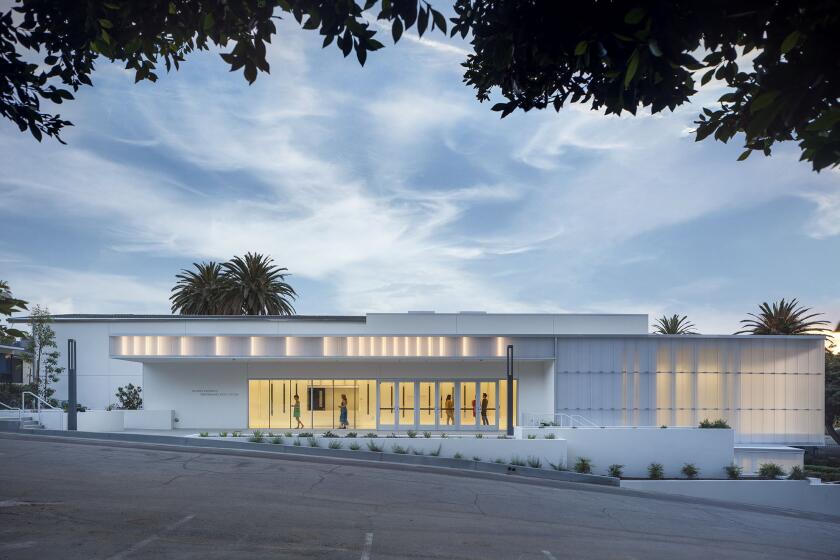How the Glorya Kaufman Performing Arts Center at Vista Del Mar came to be

- Share via
A coat rack adorned with over a dozen hard hats stands near the entrance of philanthropist and dancer Glorya Kaufman’s home. Each one bears the distinctive logo of a project she has donated to through her Glorya Kaufman Foundation, including the Mar Vista Family Center, USC Kaufman School of Dance, Inner-City Arts and the Juilliard School.
The latest addition? A hard hat emblazoned with the logo of Vista Del Mar Child and Family Services — a nonprofit institution on the Westside that provides mental health services for children experiencing behavioral disorders or who have neurodivergent needs — printed on the front. The center recently added a theater space named after her: the Glorya Kaufman Performing Arts Center. Designed by AUX Architecture, the venue is a 299-seat, multi-use performing arts space that includes classrooms, rehearsal rooms and a theater. It’s meant to accommodate students and residents at Vista Del Mar as well as local artists.
The newly expanded building has been utilized by Vista Del Mar for the last two years by students and residents who are seeking treatment and therapy services. On Aug. 24, the Glorya Kaufman Performing Arts Center had a grand opening to launch three new programs that open the building up to the local arts community: a USC Alumni Residency, an L.A. Independent Choreographer Residency and UniverSoul Hip Hop Outreach.
The opening celebration featured dance performances by local artists performing ballet and contemporary, as well as musical performances by Vista Del Mar residents and actor-musician Kenton Chen. The new performing arts center aims to become a force within the L.A. arts landscape, welcoming more artists to create within the Vista Del Mar community.
“I want everybody to dance,” Kaufman says. “I think it’s healthy. After you dance, you go home and you go to bed and you feel great.”
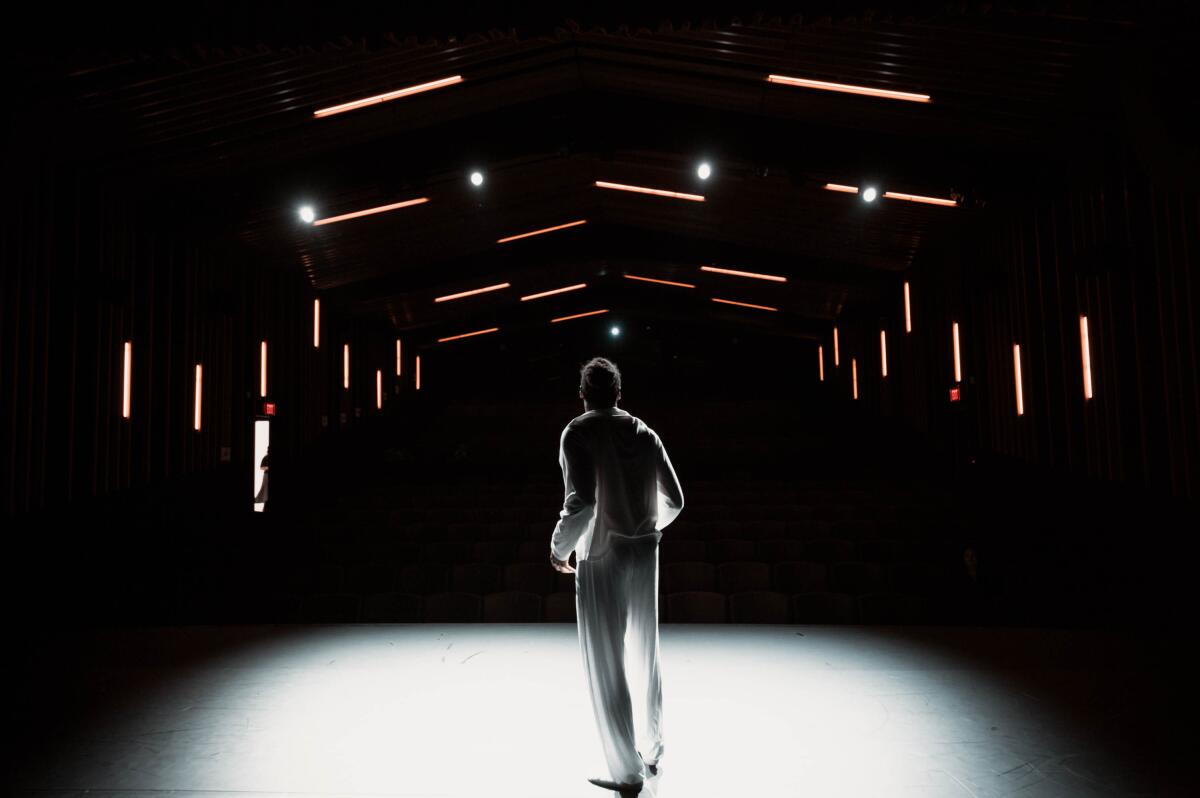
After first visiting the Vista Del Mar campus in 2016, Kaufman says she saw a need for a performing arts space there. With her philanthropic efforts, Kaufman doesn’t like to fund a single performance because of its ephemeral and temporary nature. Instead, she says she likes “to give tools” so that institutions and organizations can form communities.
“I try and find things that I can really make a difference,” she says. Kaufman, a primary funder of the project, declined to disclose the total cost of her donation to the center.
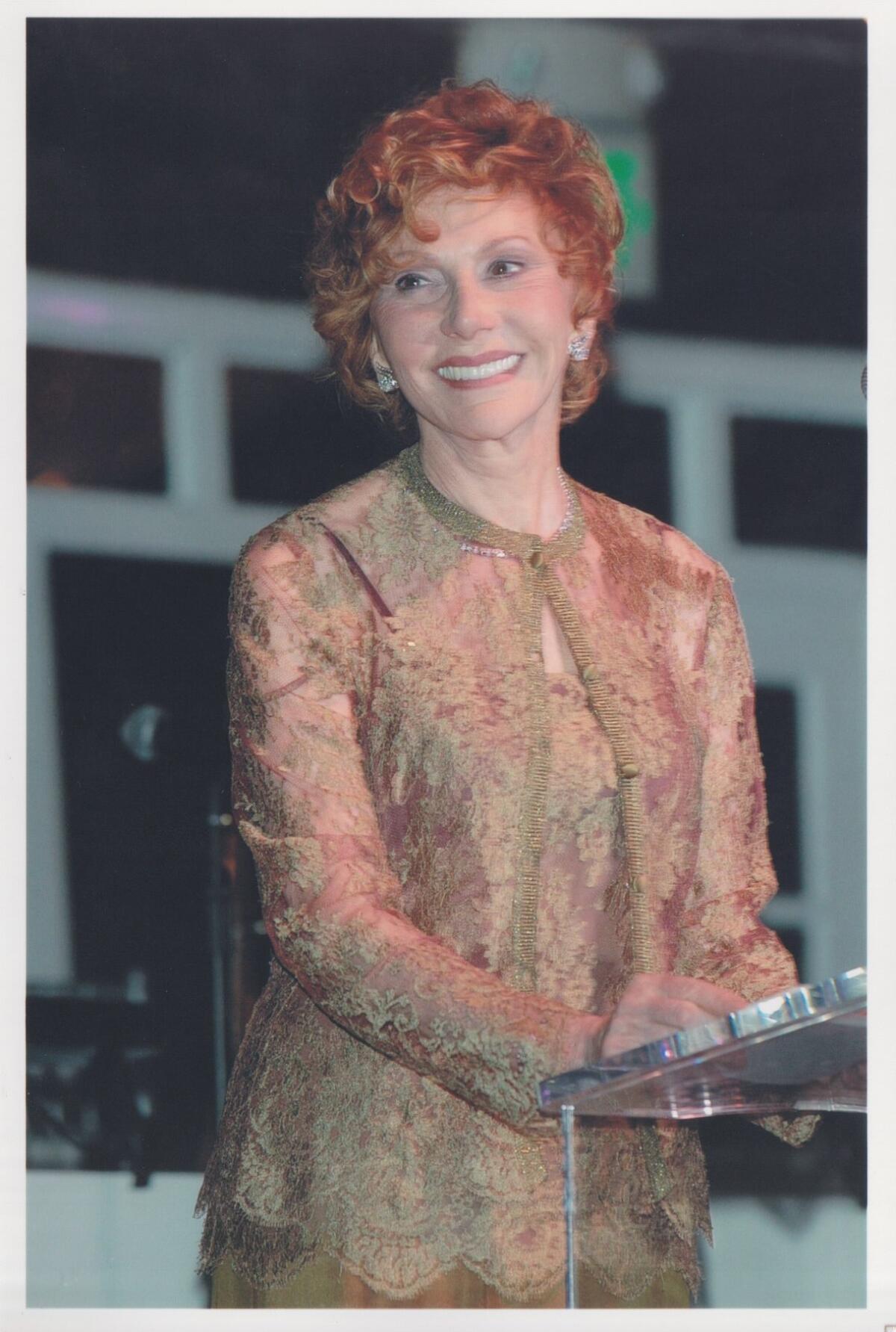
The Glorya Kaufman Performing Arts Center will be used by the Vista Del Mar school from 8:30 a.m. to 3:30 p.m. and available for use by outside artists in the afternoon and evening. Sara Silkin, artistic and managing director of the center, joined in July 2021 with the objective of figuring out how to best utilize the 299-seat theater. Silkin, who is also the managing director of G-Son Studios and has a background in dance, film and producing live events, saw the potential in the space as a location for film and television rentals and live performances.
The goal is “not to generate income when we’re dealing with artists, but to really generate income when we’re dealing with film and television industries,” Silkin says.
This fall, the center’s programming will welcome local, independent choreographers on the rise. This includes Stephanie Dai, JA Collective and Madison “Maddy” Falconer, who are all part of the USC Alumni Residency. In addition, UniverSoul Hip Hop, which was founded and led by USC faculty Tiffany Bong, will offer classes once a week for students and residents at Vista Del Mar.
The choreographer’s Emmy-nominated “Jibaro” episode of “Love, Death & Robots” distinctly explores fluidity and destruction.
The partnership program between the newly opened center and the preexisting USC Glorya Kaufman School of Dance (In 2015, Kaufman funded a new building on the university campus that now houses the dance major) was a two-year process. Emerging dance artists, like those graduating from the school, often take a patchwork approach to their careers by working freelance across stage and screen.
“Having this residency in L.A. at the Glorya Kaufman Performing Arts Center allows dancers to see the viability of having a career in L.A. through having opportunities like this,” USC Kaufman Dean Julia M. Ritter says.
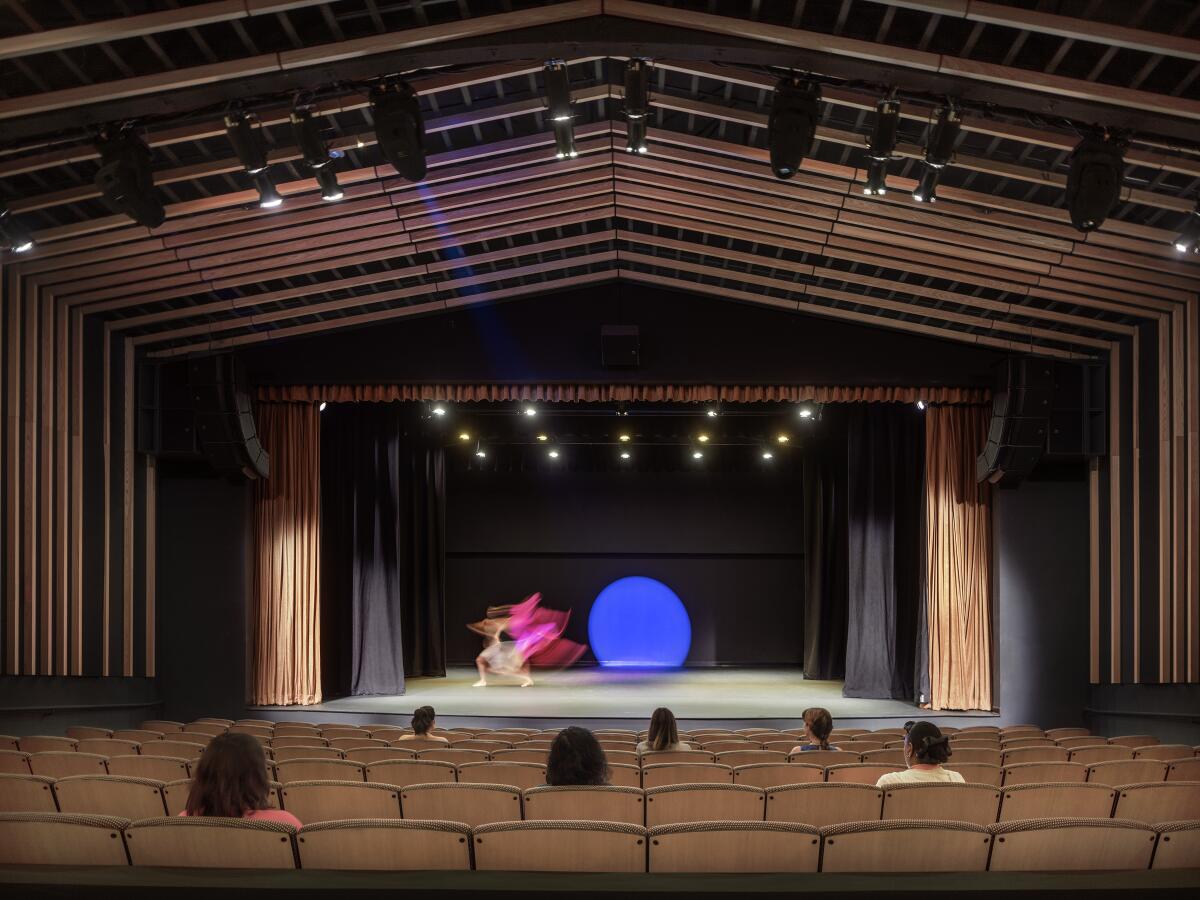
USC’s dance school already has pre-existing partnerships with LAUSD, called Kaufman Connections, that offer hip-hop classes to elementary school students. Silkin’s direction is one reason why USC wanted to partner with the center, Ritter says.
“She’s modeling being an artist in the world, she’s modeling being a leader in the world,” Ritter says. “And I thought, wouldn’t this be incredible to have some of our alums be connected to somebody like this who’s in L.A. and making their career.”
Silkin, a dancer in her own right, focused on elevating independent artists because she understands the hardships they face. “It’s very rare that we see spaces like the Broad, the Music Center, the Wallis or anything else really support an individual,” she says. “It’s generally an organization or a company. I think that’s what’s been missing in the L.A. community in terms of theater spaces.”
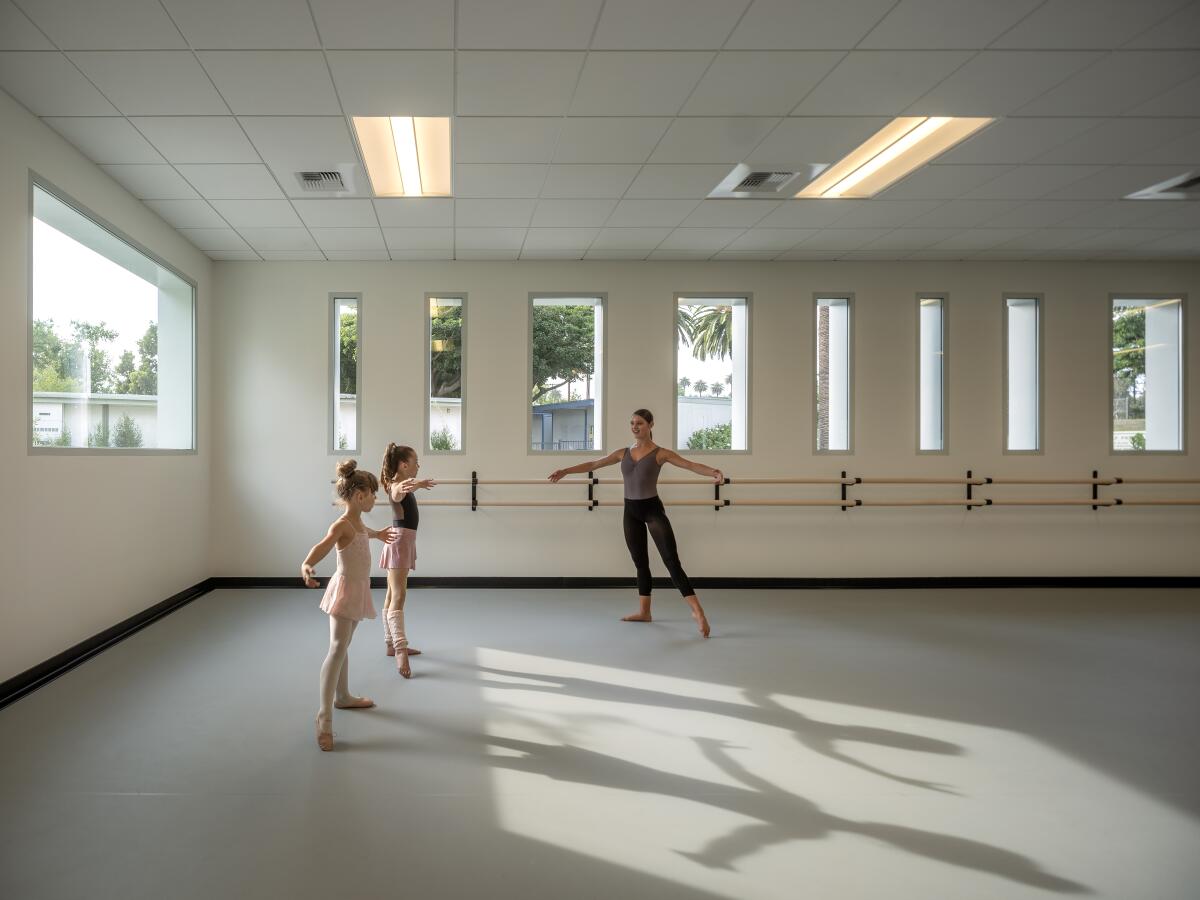
By 2024, she hopes to bring the residency artists back to teach kids at Vista Del Mar.
The programs all support dance artists in Los Angeles but that may not always be the case in the future. Silkin plans to expand programs to other forms, like music and theater. “It’s really not limiting partnerships, but allowing that door to be open to multiple partnerships,” she says.
From the very beginning, the center was designed to embolden partnerships, artists and students. Brian Wickersham, one of the leading architects behind the building, sought to construct something dramatically different from the rest of the campus that could satisfy the various uses of the building, from classes to events. Wickersham focused on creating multi-purpose rooms alongside essential theater spaces, such as a dressing room and a costume/prop room.
“From the very beginning, we knew that we wanted the exterior of the building to be really quiet and calming in its aesthetic,” Wickersham says. “And then the interior, we wanted it to be very warm and peaceful and inviting for the kids.”
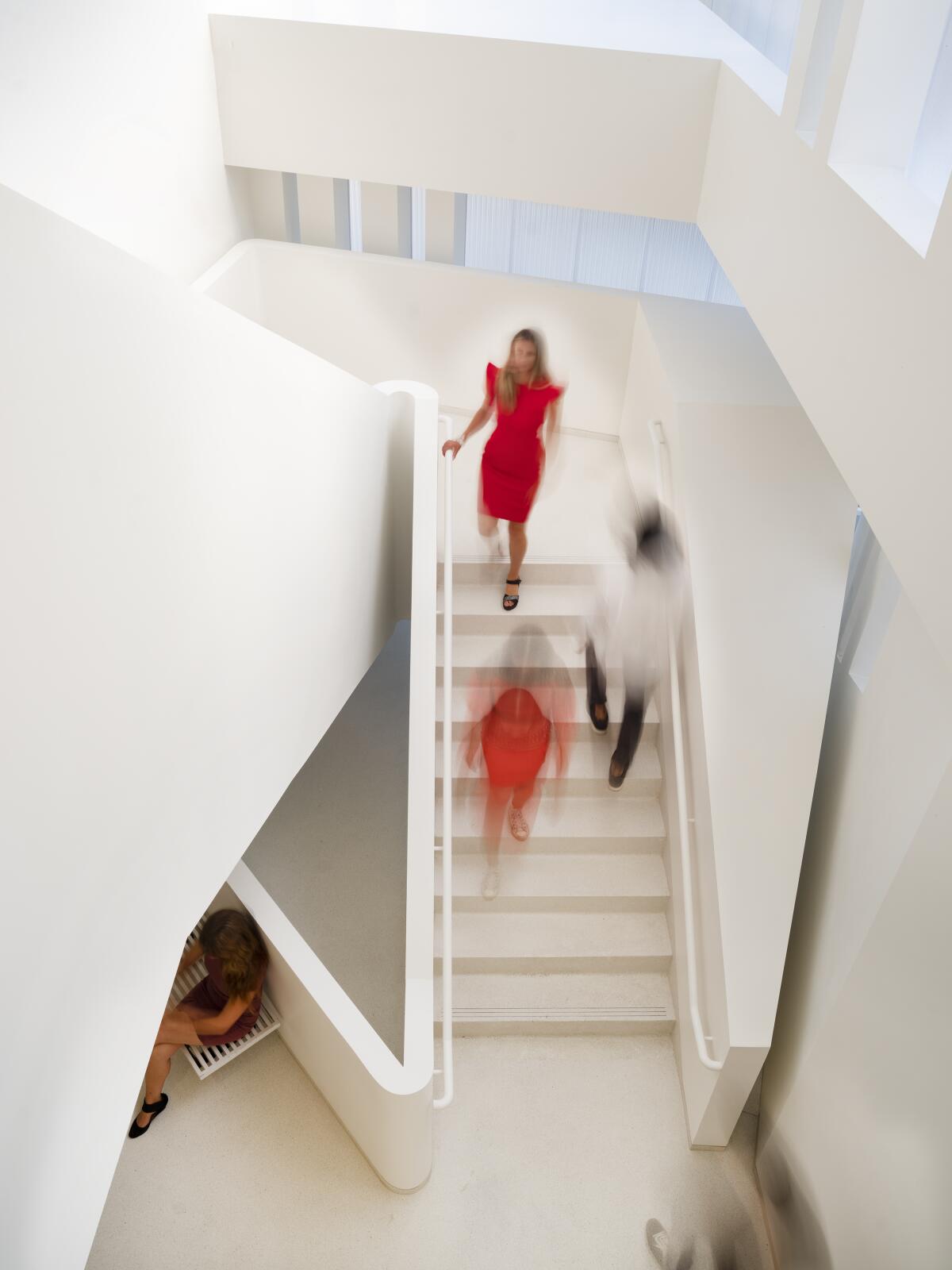
The Glorya Kaufman Performing Arts Center’s design is inspired by “Lamentation,” a solo by Martha Graham. In the classic piece, Graham is wrapped in a garment that encases her. As she extends her limbs, the fabric stretches to create shapes around her.
“This dancer’s struggles within this garment, and then the movements within this dress and the distortion that happens was really, to us, symbolic of the struggles that a lot of kids with autism go through,” he says.
Dance and performance can be a healthy way for kids to express themselves in a safe environment. Wickersham wanted the space to offer the same. The visually rhythmic elements on the exterior columns of the building, as seen through the repeated exterior columns and lines across its north- and west-facing walls, conceal the inside for a warm environment established out of “polycarbonate and quiet plastics.”
In that sense, the performing arts center “felt like the living room of the campus,” he says.
AUX Architecture designed a new performing arts center; the L.A. youth orchestra is going to the Super Bowl; my SoFi Stadium obsession; and galleries to see before Frieze.
The process of building the space was not without hardship. Upon construction, Wickersham noticed that the foundation was not as stable as they anticipated and he and the other architects had to rethink the structural system midway through the process. The team also built the center during the height of the pandemic, which presented health safety issues.
“It was one of the more challenging builds that I’ve ever experienced in my career, but it was also I think at the end of the day, one of the most rewarding because of what we were able to do for Vista Del Mar and for all the kids that are gonna get to use the building,” he says.
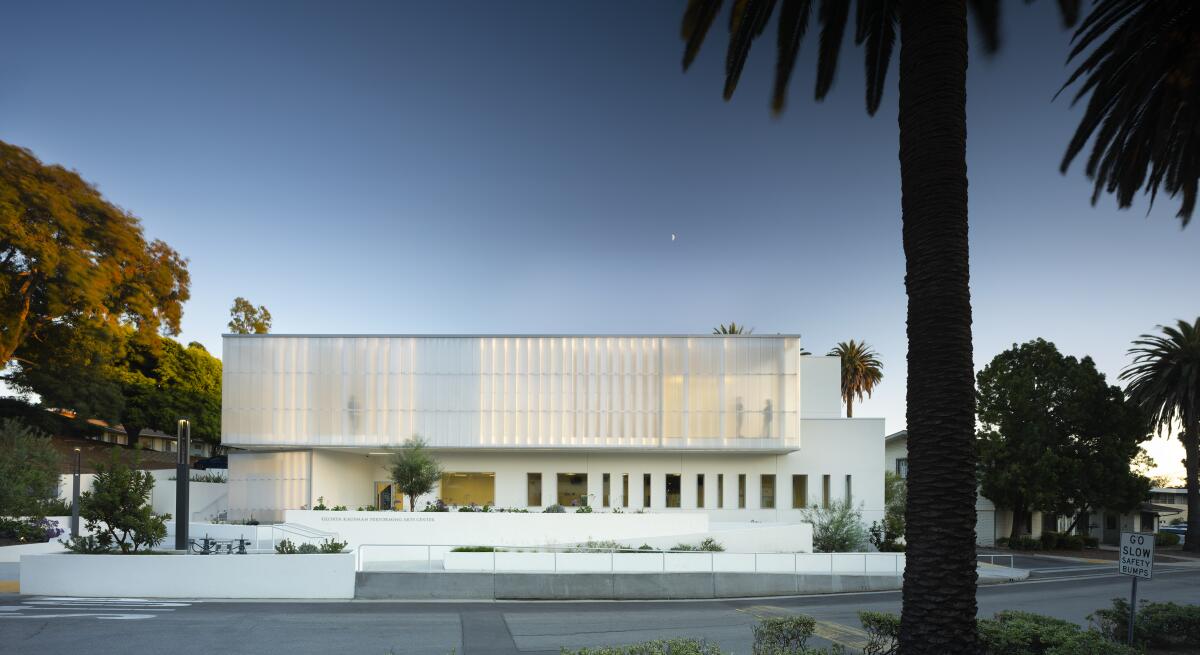
The mission of Vista Del Mar and the performing arts center is to heal and use art as therapy, says Wilson, the nonprofit’s president and CEO. “Sometimes our kids can have anger issues and don’t have patience for each other and other students, but in the space, they are so patient with each other,” Wilson says. “They enjoy working with each other. They have so much fun.”
The school also offers high school education and residents are 12 to 18 years old. Wilson says that many students come in with trauma and struggle to find the right words to express their feelings and emotions. “The great thing is the performing arts is very healing,” she adds. “It gives them that opportunity to have a sense of self-expression that they haven’t had before.”
More to Read
The biggest entertainment stories
Get our big stories about Hollywood, film, television, music, arts, culture and more right in your inbox as soon as they publish.
You may occasionally receive promotional content from the Los Angeles Times.

